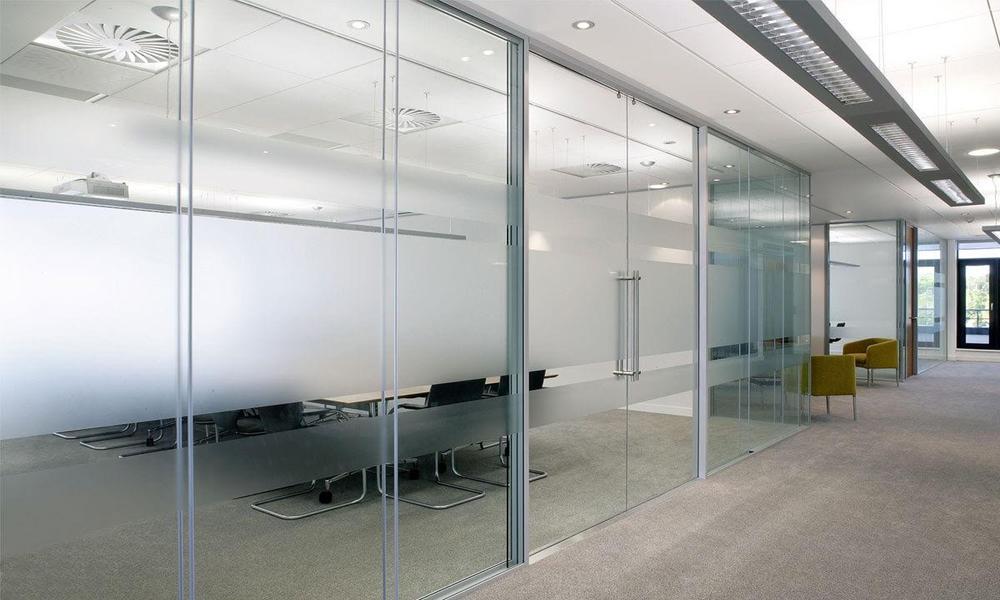Aluminum fabrication work is an excellent way to enhance the look and feel of any space. Whether you are renovating your home or office, or building a new structure, aluminum fabrication can provide an elegant, modern touch that will set your space apart. With the ability to be molded into any shape and size, aluminum can be used to create a variety of functional and decorative items such as windows, doors, frames, furniture, and even sculptures.
Attractive and durable, aluminum is an ideal choice for both indoor and outdoor applications. Its unique properties make it resistant to corrosion, rust, and weathering, ensuring that it will stand up to the test of time. Additionally, aluminum fabrication is environmentally friendly, as it is 100% recyclable, making it a sustainable option for those who care about the planet.
What Are the Benefits of Custom Aluminum Fabrication?
Custom aluminum fabrication work is a process that allows you to create bespoke, one-of-a-kind pieces for your space. By working with a skilled fabricator, you can design and produce unique items that perfectly fit your style and needs. From furniture to architectural features, the possibilities are endless when it comes to custom aluminum fabrication.
One of the primary benefits of custom fabrication is the ability to ensure that your space is truly unique. Unlike mass-produced items, custom fabrication allows you to create pieces that are tailored specifically to your taste and requirements. Additionally, custom fabrication can be a cost-effective option in the long run, as bespoke pieces are often of higher quality and can last longer than their off-the-shelf counterparts.
Can Aluminum Fabrication Solve Your Structural Needs?
Aluminum fabrication is an incredibly versatile process that can solve a wide range of structural needs. Whether you are looking to create a load-bearing structure or a decorative feature, aluminum fabrication can provide a solution that meets your needs. With the ability to be molded into any shape and size, aluminum can be used to create a variety of structures, including frames, supports, and beams.
In addition to being durable and strong, aluminum fabrication is also lightweight, making it an ideal choice for structures that require portability or maneuverability. Furthermore, aluminum’s resistance to corrosion and weathering means that it is an excellent choice for outdoor structures that are exposed to the elements.
What Are the Steps Involved in Aluminum Fabrication?
Aluminum fabrication is a complex process that involves several steps, from designing and cutting to welding and finishing. Here are some of the key steps involved in aluminum fabrication:
Design: The first step in aluminum fabrication is to create a detailed design of the final product. This can be done using computer-aided design (CAD) software, which allows fabricators to create precise models and blueprints.
Cutting: Once the design is complete, the next step is to cut the aluminum into the required shapes and sizes. This can be done using a variety of cutting tools, such as saws, shears, or laser cutters.
Forming: After the aluminum has been cut, it is often bent, shaped, or formed into the desired shape using specialized equipment such as press brakes or rollers.
Joining: In many cases, multiple pieces of aluminum need to be joined together to create a final product. This can be done using a variety of welding techniques, such as MIG, TIG, or spot welding.
Finishing: Finally, the aluminum is finished using a variety of techniques, such as sanding, polishing
Related posts
Archives
- April 2024
- March 2024
- February 2024
- January 2024
- December 2023
- November 2023
- October 2023
- September 2023
- August 2023
- July 2023
- June 2023
- May 2023
- April 2023
- March 2023
- February 2023
- January 2023
- December 2022
- November 2022
- October 2022
- September 2022
- August 2022
- July 2022
- May 2022
- April 2022
- March 2022
- February 2022
- January 2022
- December 2021
- November 2021
- October 2021
- September 2021
- August 2021
- July 2021
- June 2021
- May 2021
- April 2021
- March 2021
- February 2021
- January 2021
- December 2020
- November 2020
- September 2020
- August 2020
- July 2020
- June 2020

